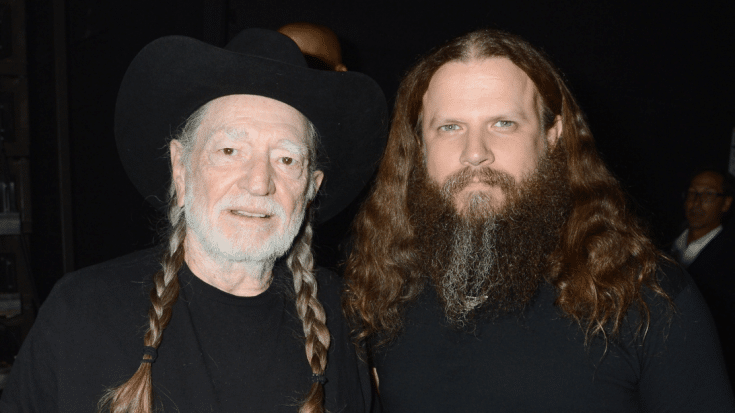
The Song That Defied Nashville: How Jamey Johnson’s “In Color” Rewrote the Rules
In the polished world of modern country music, where sheen often outshines substance, Jamey Johnson emerged in 2008 with a striking reminder of the genre’s roots. His breakthrough hit, “In Color,” from the album The Lonesome Song, was not just a top ten single on the charts—it was a declaration of defiance, tradition, and artistic integrity.
Jamey Johnson’s voice—raw, aged beyond his years, and unapologetically traditional—bears the kind of depth you can’t manufacture. “In Color” tells the heartrending story of an elderly man showing his grandson black-and-white photos from his life, each image holding decades of unspeakable emotion. The refrain lingers: “You should have seen it in color.” It speaks not only of the memories in those faded prints but of the life lived—and the authenticity endured—that can’t be captured in a single frame.
Despite its immediate emotional resonance, not everyone in the industry was convinced. As the song steadily gained attention, country radio executives pressed for changes. They wanted the track remixed, reshaped to better align with the glossy, radio-friendly standards of the moment. But Johnson stood firm.
“We had sent this song to country radio,” Johnson recalled, “and they told me they wanted another mix.” His answer? A quiet but firm refusal: “I put it right where I liked it and I intended to leave it there.”
There was an immediate consequence. A blunt text arrived shortly after his refusal: “Just wanted to be the first one to let you know your new song died at country radio today.” In an industry that so often measures success by airplay and sale metrics, this could have meant the end of a hopeful climb. But for Johnson, it was a moment of clarification, not crisis.
Seeking guidance, Johnson turned to a trusted source: country music legend Willie Nelson. And with his characteristic wisdom and wit, Nelson didn’t mince words: “Hell, mine die a long time before they get to country radio.”
Nelson’s advice, simple and piercing, became a mantra for Johnson. “People who rush to be the bearer of bad news—you can’t listen to them,” Willie said. “Most of them won’t be doing what they’re doing in a decade. But you’ll still be out there, still rolling into the next town, doing another show. You listen to that same spirit that brought you here, and you don’t ever stray from it.”
And it was that spirit—stubborn, soulful, and sonically unshaken—that carried “In Color” not only into the top ten (peaking at number nine) but to lasting recognition in country music history. In 2009, the song was fittingly honored as Song of the Year at both the Country Music Association and the Academy of Country Music Awards.
More than just a charting hit, “In Color” is now etched into the canon of 21st-century country classics—a testament to what happens when an artist chooses art over algorithm, heart over hype. In resisting the pressure to sanitize his message, Jamey Johnson reminded Nashville that sometimes the most powerful songs are the ones that dare to remain untouched.
